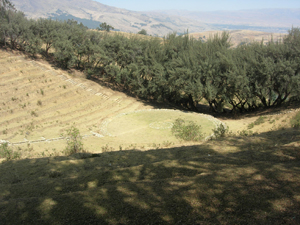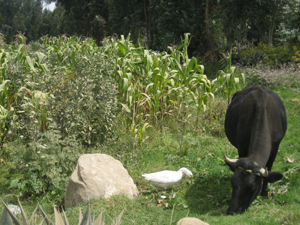In the early 1980s, international archeologists funded by the U.S. National Science Foundation excavated various sites in the Mantaro Valley where I now live to piece together the Central Andean past.

What was the Huanca culture like?
Along with ethnographic research, the bits and pieces unearthed from known Huanca communities in the area tell us the stories of Huanca families.
- Finding pieces of deep serving basins in a household zone marked an elite family. They used the basins for hosting Andean ceremonial feasts.
- Elite patios had more deer, maize and coca remains. They were able to eat more maize even though it wasn’t a very productive crop at the time and chew on coca even though it wasn’t produced locally.
- Bits of hoes, sickle blades and digging sticks were distributed throughout each household zone, signifying the importance of agriculture as a source of economy. Fewer farming tools were found in elite households. They may have received payments instead.
- Spindles found in each household suggest that families made their own clothes.
- Manufacturing remains found in certain Huanca communities suggest that these communities specialized in the production of certain goods, such as ceramics, and exchanged the commodity with the locals.
- When the Incas pacified the area, the economy and lifestyle remained relatively unchanged although commoners ate better and survived longer based on food remains and burial data.



